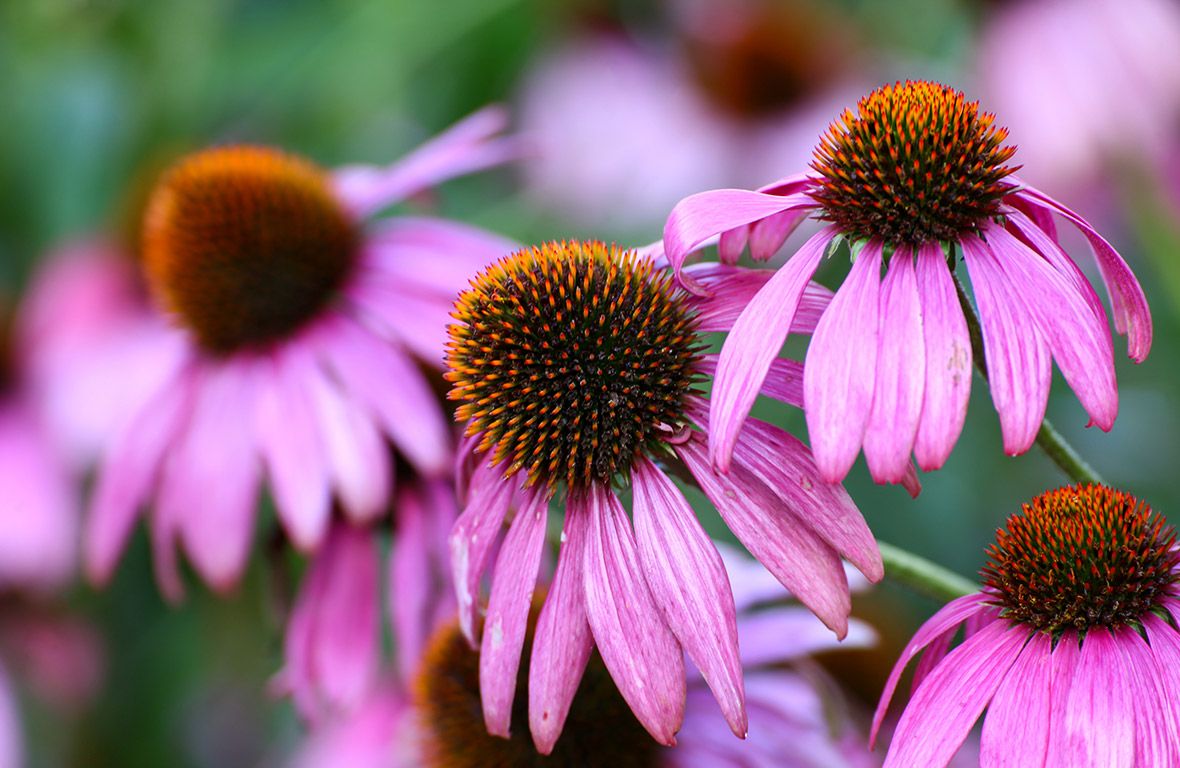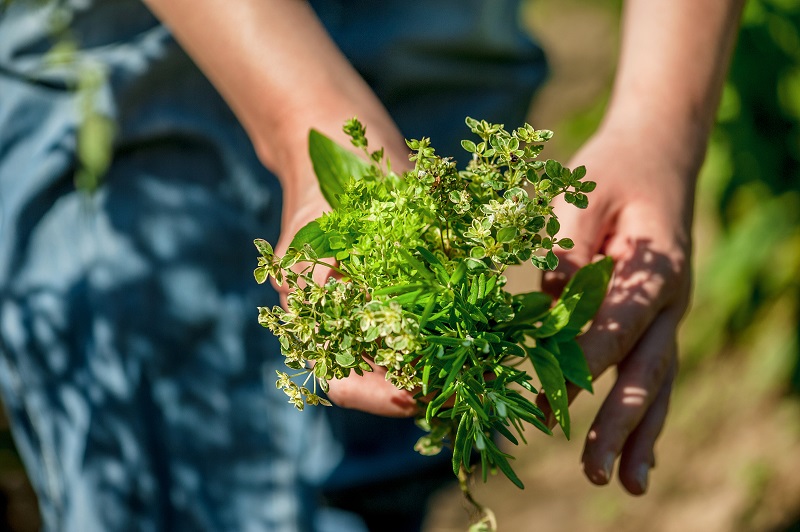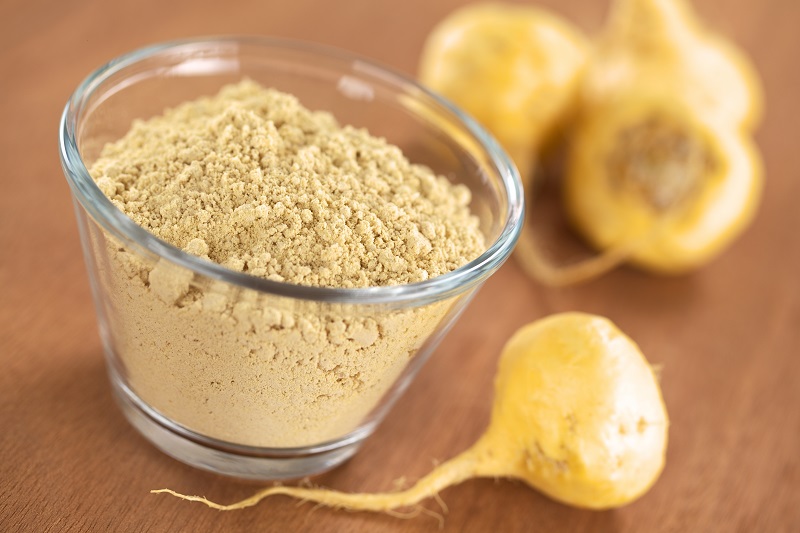Introduction
There are ten species of Echinacea and all are native to the plains of central and eastern North America1. Also known as coneflower, Echinacea is yet another herb that we know about thanks to its use by Native American tribes like Kiowa, Cheyenne, Pawnee, and Lakota. These tribes used it for various reasons from the treatment of cold symptoms to pain medication1.
What’s in a name?
According to the USDA, six out of ten Echinacea species native to North America are under threat or endangered in the United States. Much of this is due to the small area in which they grow. For example, Echinacea tennesseensis is native to and only grows in a small area in Tennessee. As a result, it is an endangered species at the federal level2. On the other hand, wild Echinacea purpurea is under threat from excessive harvesting. For example, in Michigan, wild Echinacea purpurea is thought to be completely gone3. The other species of Echinacea have varying status throughout the plain states of the United States. In the past, some lesser-known species were mistaken for more popular varieties, which caused those lesser-known species to be over-harvested. This is why it is important to purchase cultivated Echinacea, rather than wildcrafted4.
Good for butterflies, good for us
A few species of Echinacea are great additions in gardens to attract butterflies, including Monarchs5. In fact, these species of echinacea are the same ones in dietary supplements today. Specifically, species like Echinacea angustifolia, Echinacea purpurea, and Echinacea pallida6. For example, The Farmer’s Almanac listed Echinacea purpurea as good flower to attract and feed butterflies7. The other commonly used species is Echinacea angustifolia, which has a greater risk of over-harvest because it is harder to cultivate and reproduce from seed4. All three species are found in products that address anxiety and cold symptoms1.As always, please consult your doctor before taking dietary supplements. Echinacea interacts with prescription medications1.
Sources
2 Echinacea tennesseensis | USDA PLANTS
3 Echinacea purpurea | USDA PLANTS
4 Echinacea | United Plant Savers
5 Butterfly Plants: Native Host and Nectar Plants | Monarch
6 Coneflowers: How to Plant, Grow, and Care for Coneflowers | Almanac
7 Plants That Attract Butterflies | The Old Farmer’s Almanac







